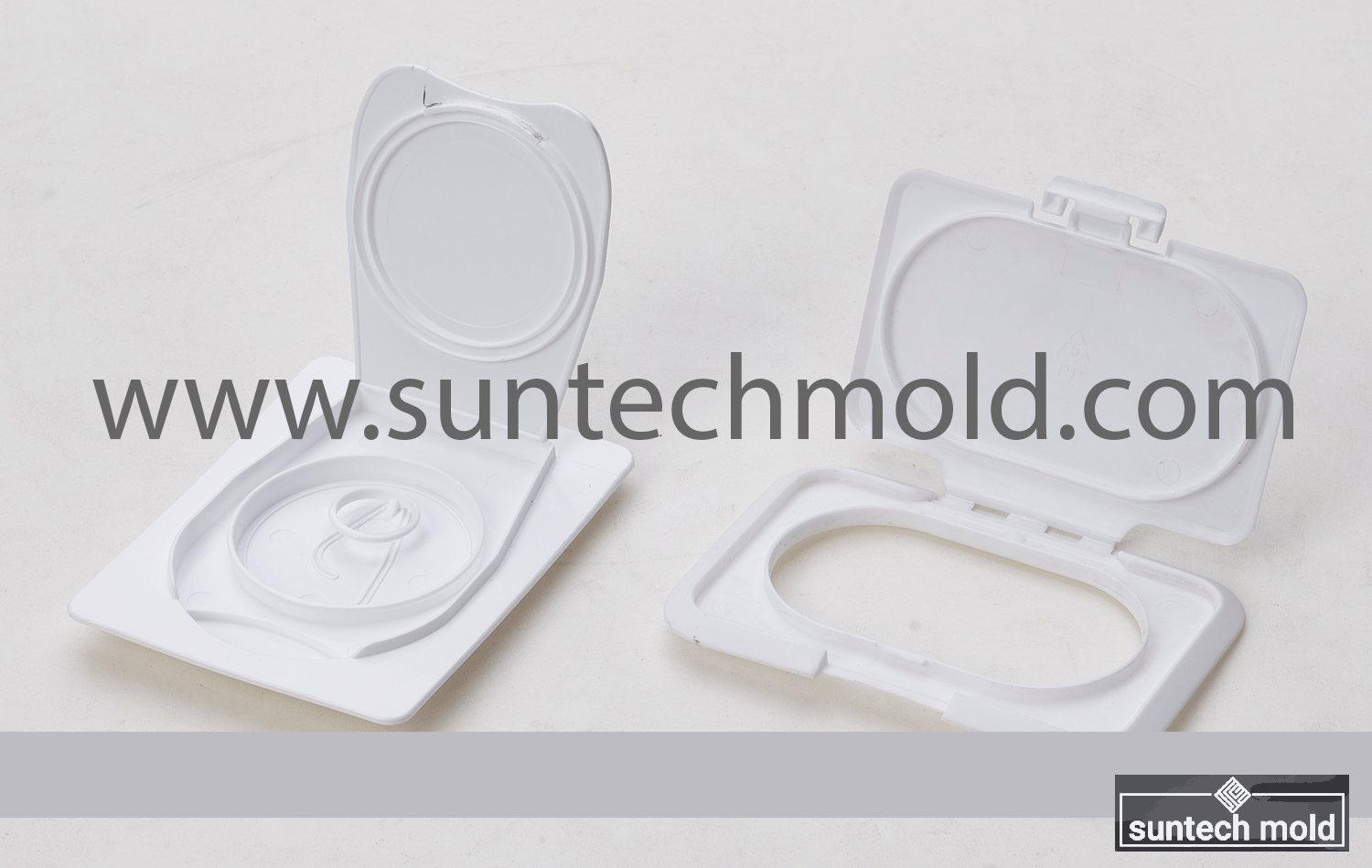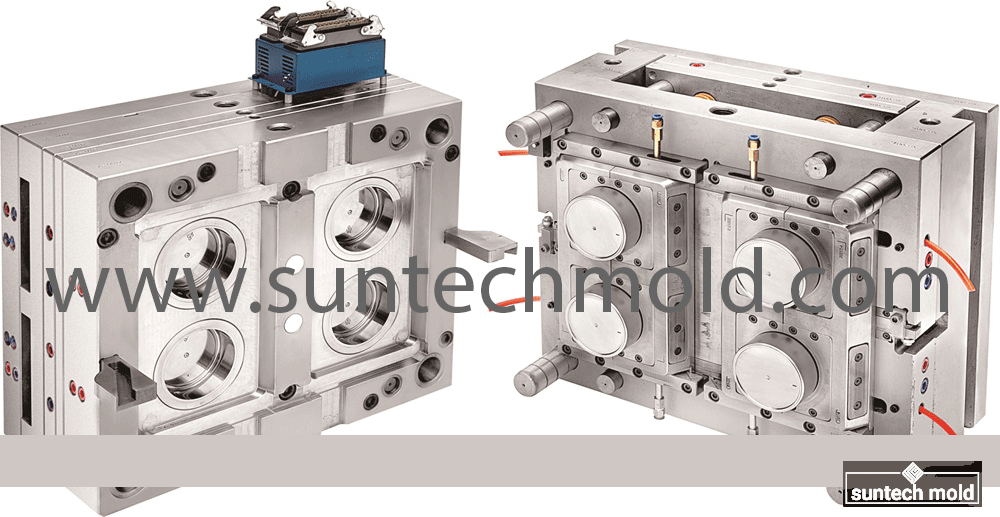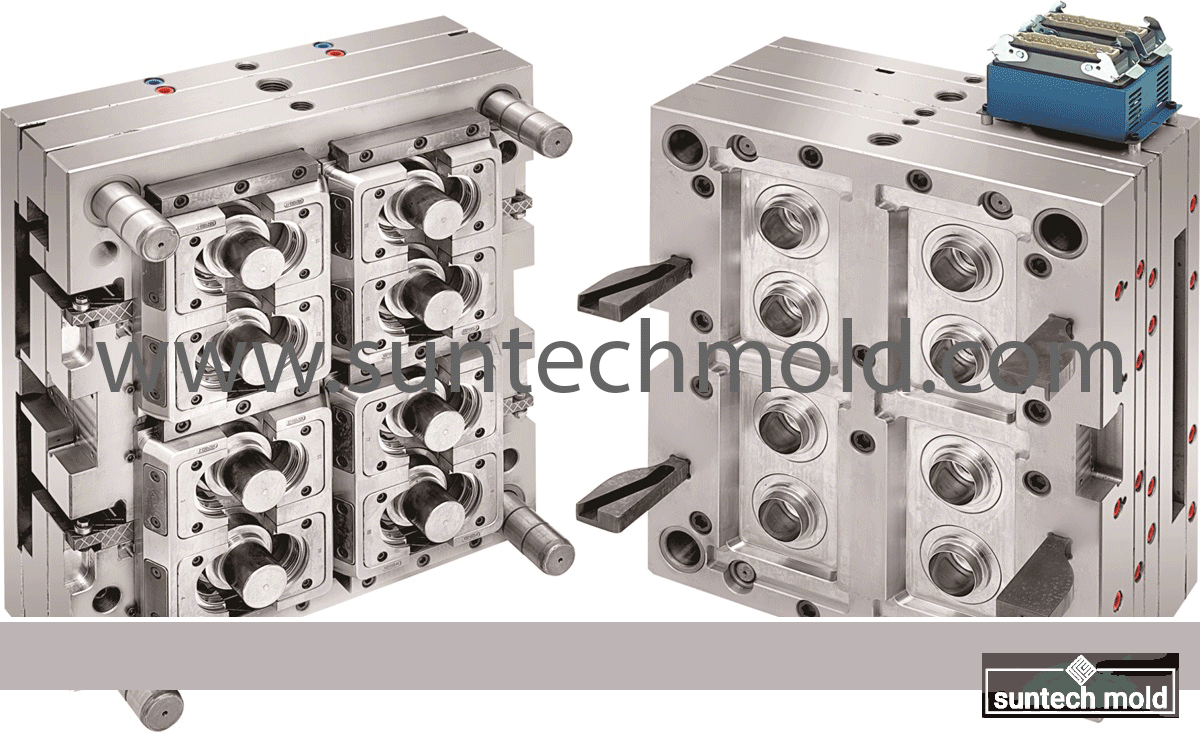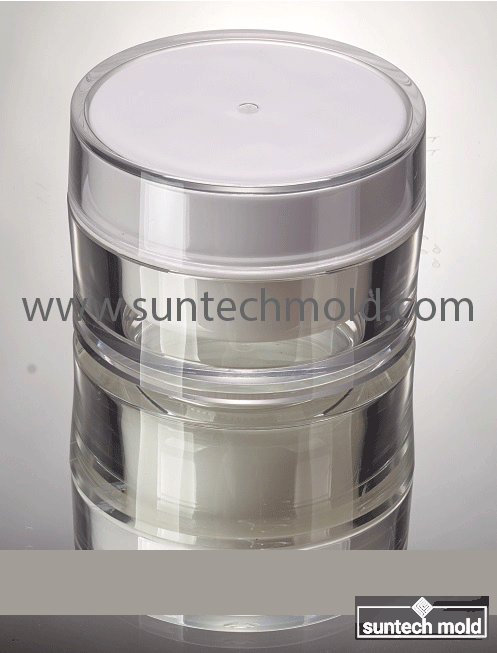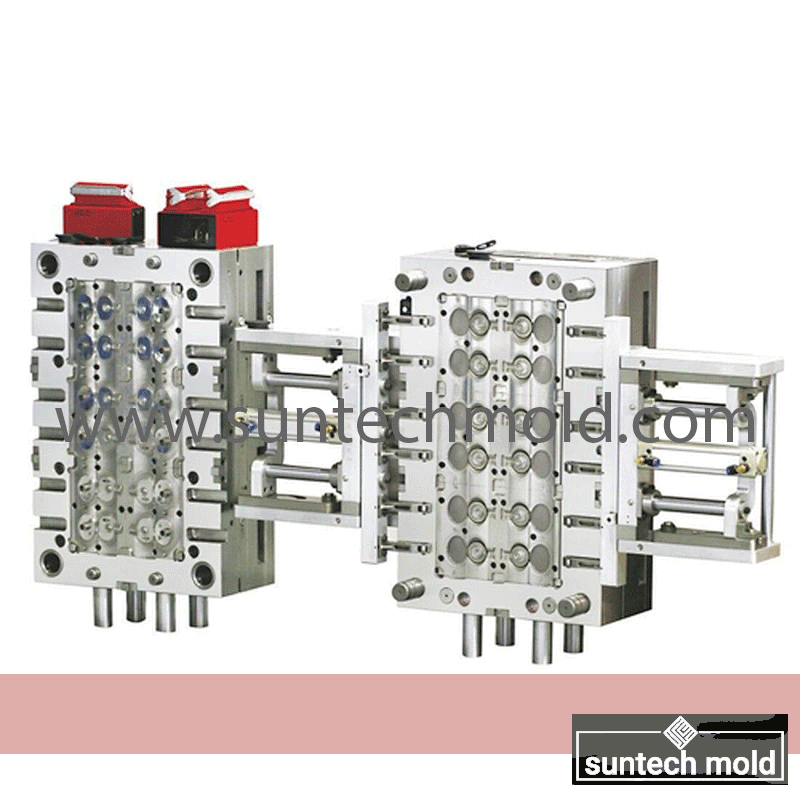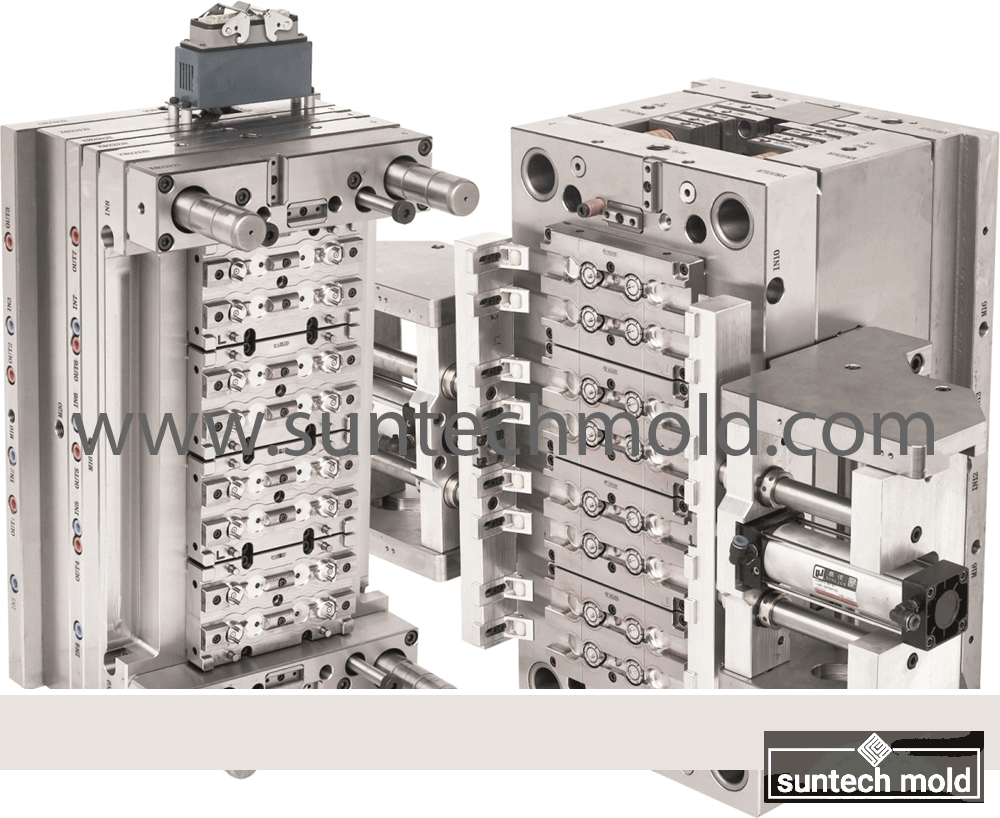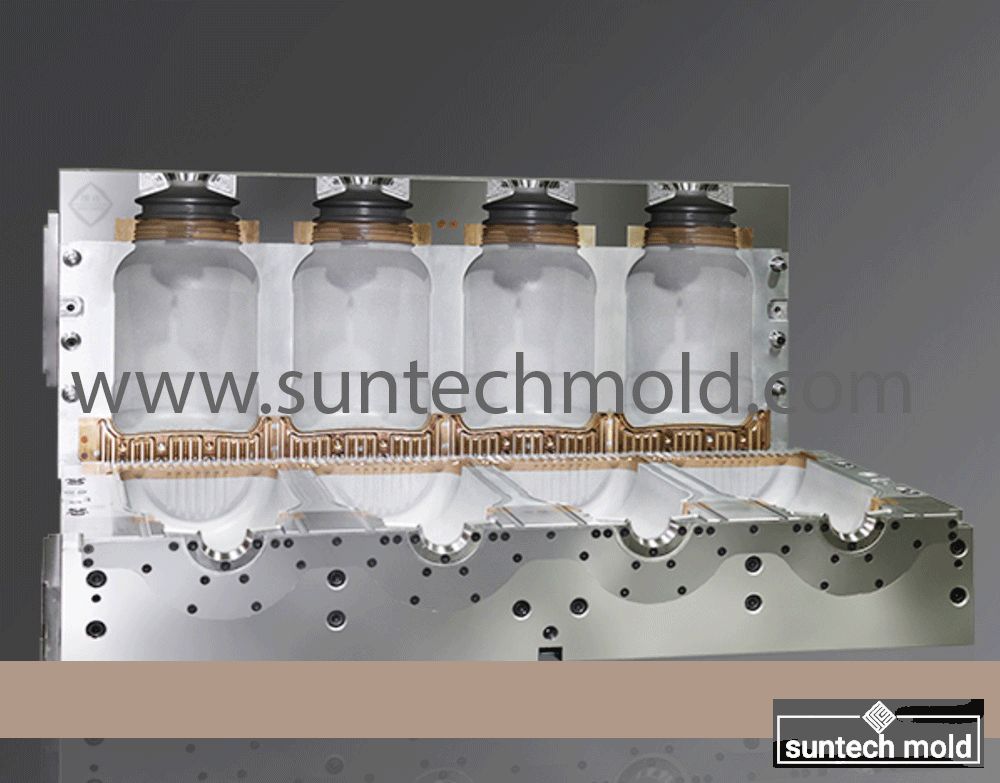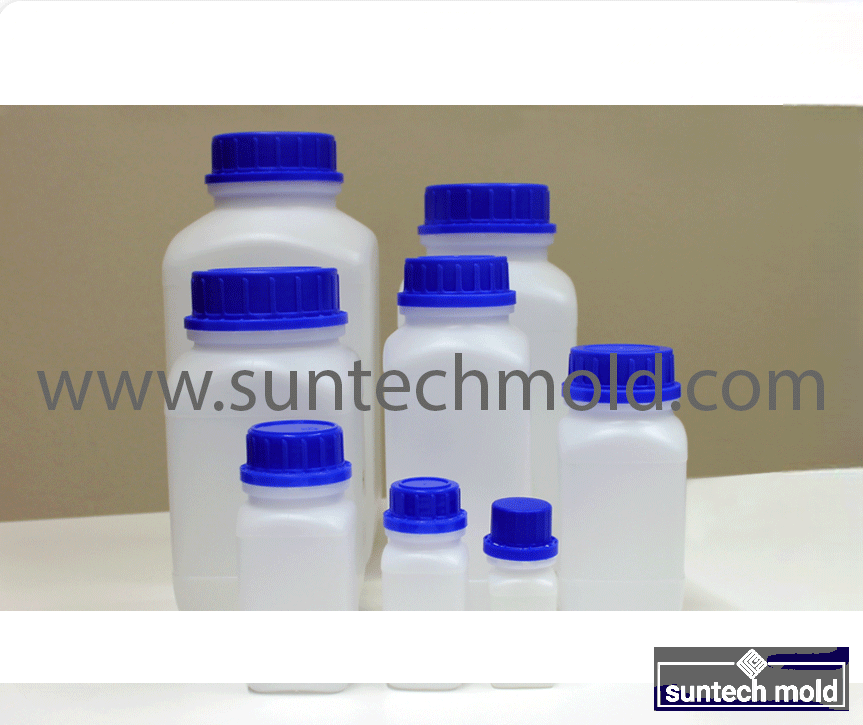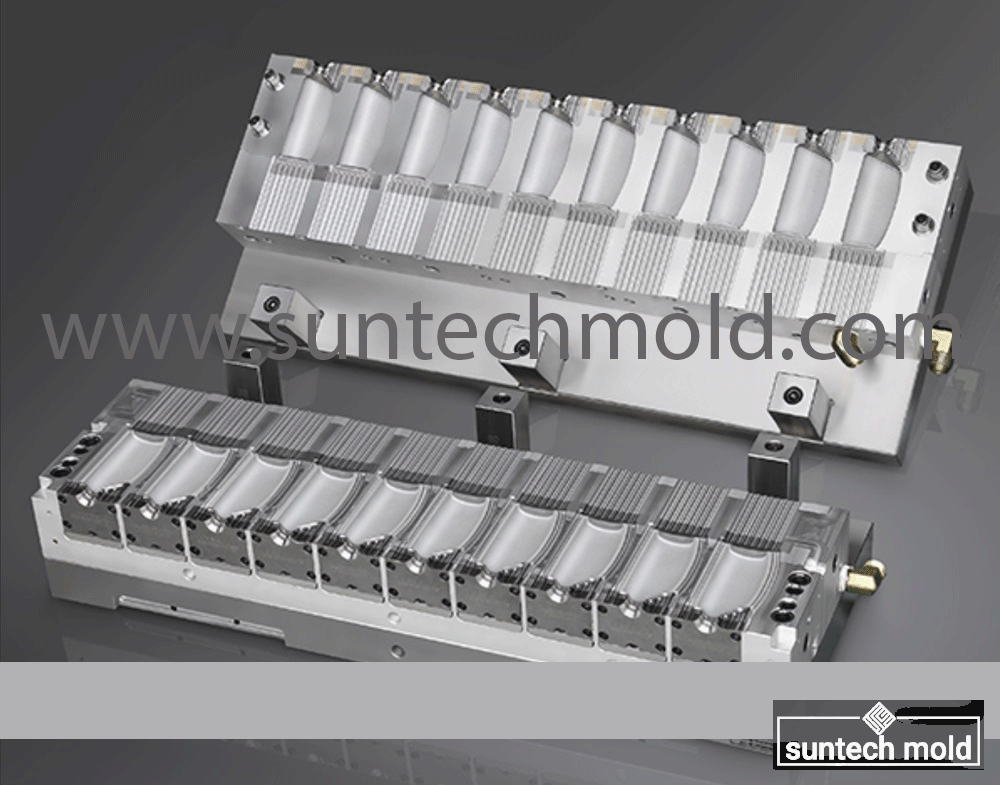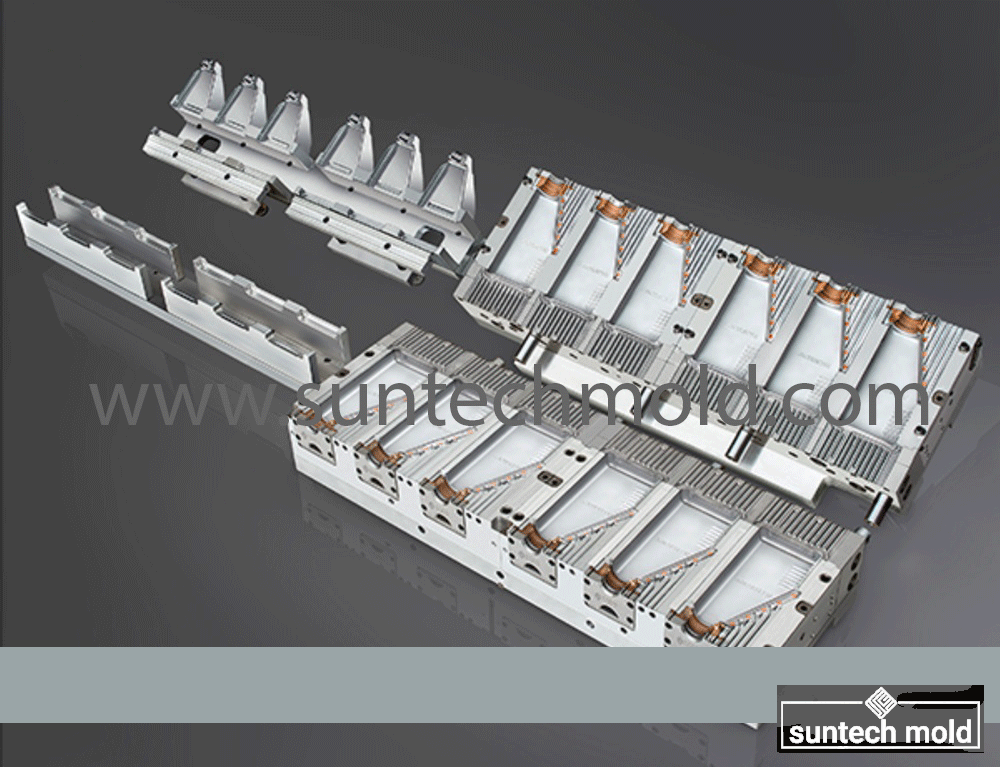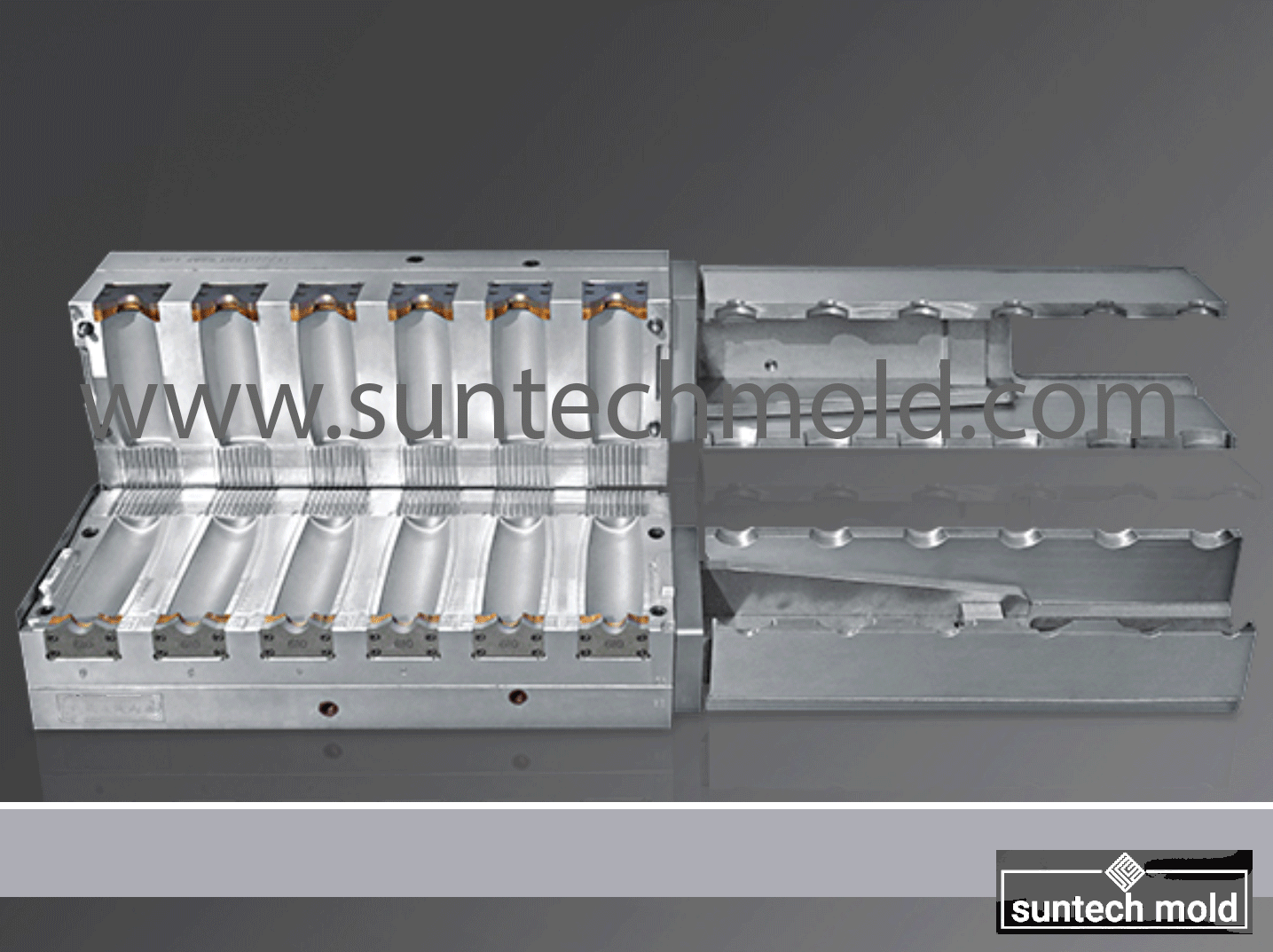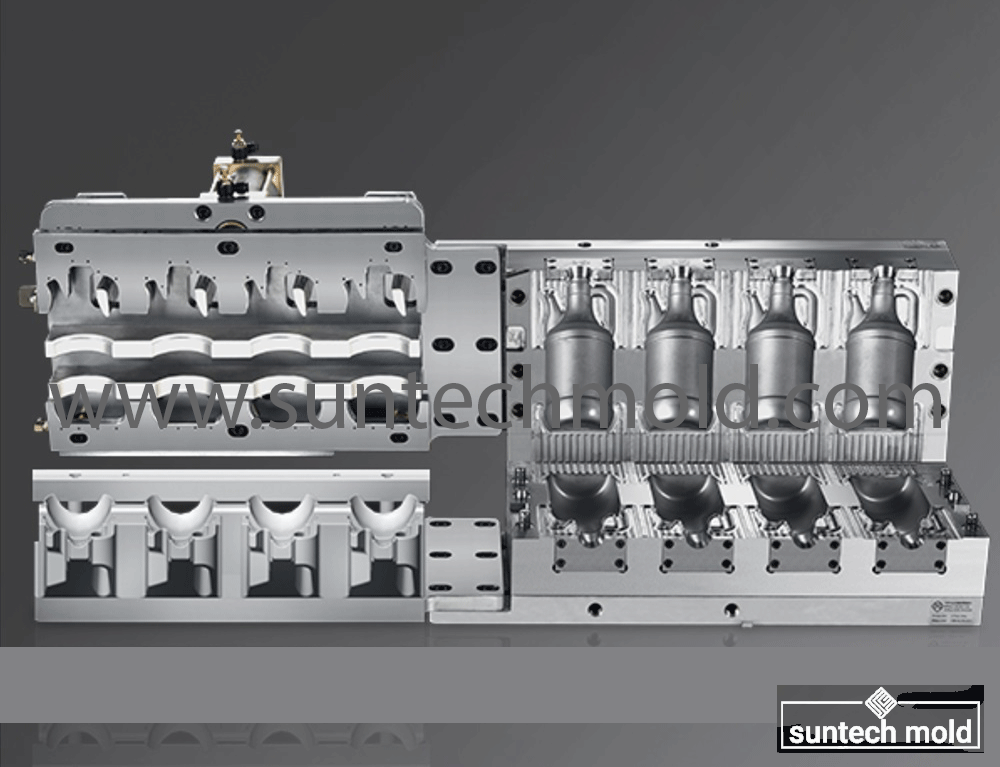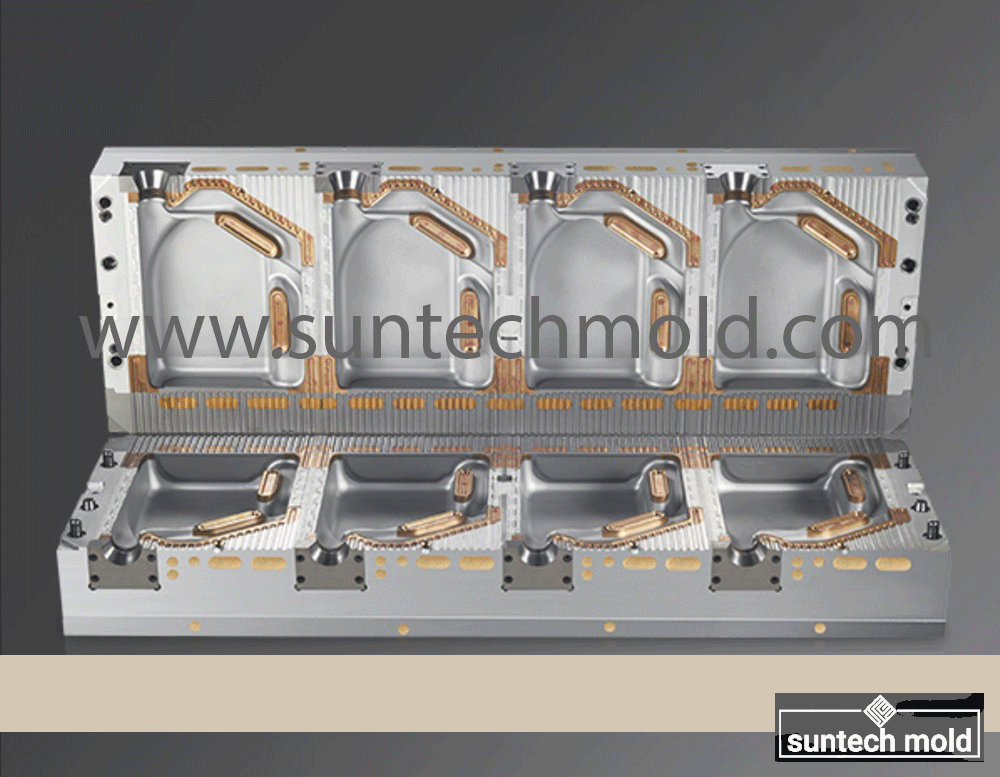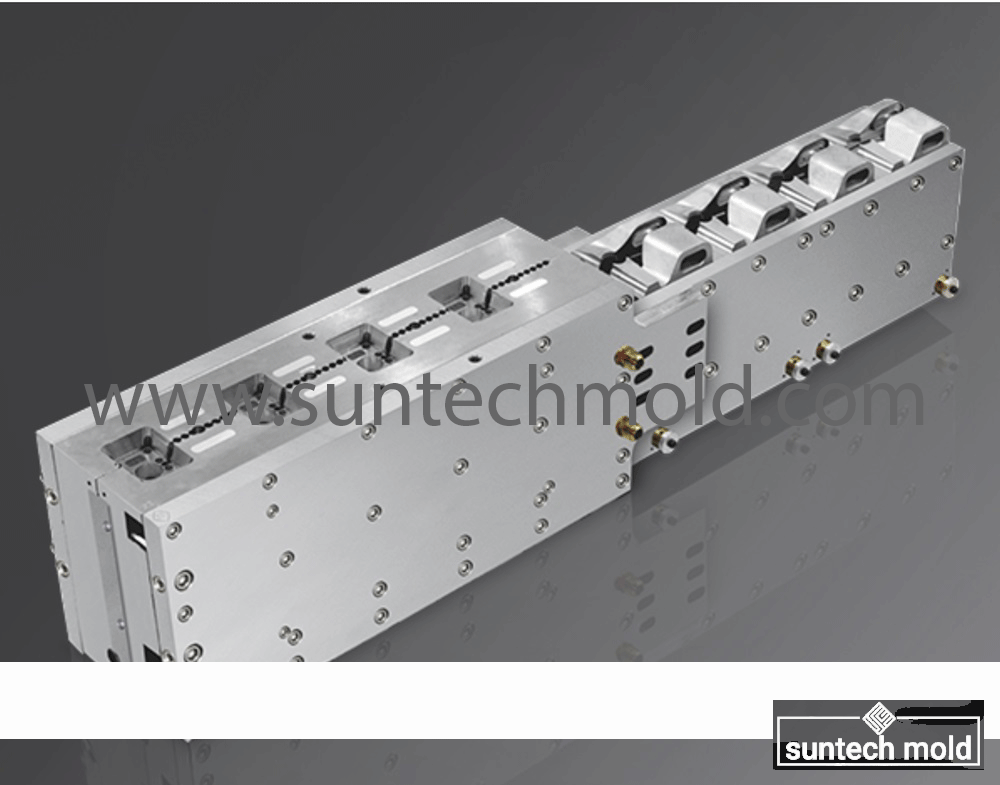Common defects found in low-quality blow molds can significantly affect the quality of the final products. Here are some of the most frequently observed issues:
- Surface Defects
- Scratches and Marks: Poor finishing can lead to visible scratches or blemishes on the molded product.
- Inconsistent Surface Texture: Variations in surface texture can result from inadequate polishing or maintenance.
- Dimensional Inaccuracy
- Out-of-Spec Dimensions: Molds that do not meet design specifications can produce parts that are either too large or too small.
- Warping: Changes in shape due to uneven cooling or poor design can lead to warped products.
- Air Traps and Blisters
- Trapped Air Pockets: Inadequate venting can cause air to be trapped in the mold, resulting in blisters or voids in the final product.
- Surface Blisters: Blisters can form on the surface due to trapped gases expanding during heating.
- Inconsistent Wall Thickness
- Thin Spots: Uneven wall thickness may lead to weak areas that could break or deform under pressure.
- Thick Areas: Excess material in some sections can lead to longer cooling times and increased production costs.
- Poor Ejection
- Sticking Parts: Insufficient draft angles or improper ejection systems can cause parts to stick in the mold, damaging both the mold and the product.
- Ejection Marks: Poorly designed ejection mechanisms can leave marks on the finished product.
- Cooling Issues
- Uneven Cooling: Inadequate cooling channels can lead to uneven cooling, resulting in defects like warping or stress points.
- Long Cycle Times: Inefficient cooling can extend production cycles, affecting overall efficiency.
- Material Defects
- Inclusion of Contaminants: Low-quality materials can introduce contaminants that affect the integrity and appearance of the molded part.
- Color Inconsistencies: Variations in material batches can lead to inconsistent coloration in the final product.
- Poor Mold Alignment
- Misalignment: Improper alignment during assembly can lead to inconsistent parting lines or gaps in the mold, causing defects in the molded parts.
- Structural Weakness
- Brittleness: Using low-quality materials or improper design can lead to brittle parts that break easily.
- Fatigue Failure: Insufficient durability can result in failure after repeated use, especially in high-stress applications.
Conclusion
Identifying and addressing these common defects is crucial for ensuring the production of high-quality blow molds. Factories that prioritize quality control and use advanced manufacturing techniques are less likely to encounter these issues. Choose Suntech Mold, your project will be in good hands.

